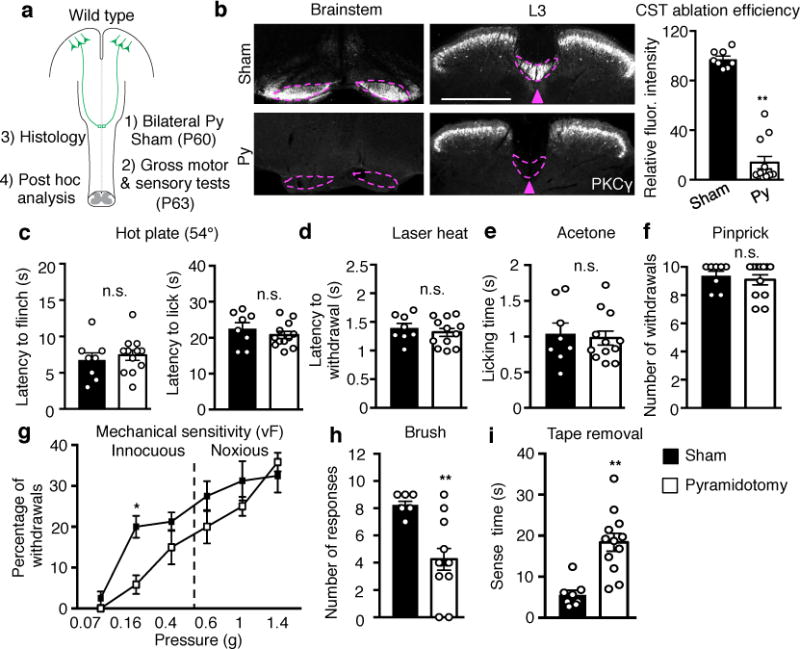Fig. 1. Adult CST ablation impairs light touch but not nociceptive behavioral responses.

a, Schematic of experimental paradigm. Py: pyramidotomy. b, Left: Representative images of transverse sections of the brain stem at pyramids and dorsal spinal cord (L3) in sham (n=8) or pyramidotomized (n=12) mice for sensory tests stained with anti-PKCY. Arrowhead and dashed lines indicate the location of main CST. Scale bar: 500 μm. Right: Quantification of PKCY immunofluorescence intensity (normalized to control) in the lumbar dorsal funiculus of sham or pyramidotomized mice. P <0.0001. c-i, Measurement of thermal and mechanical sensitivities by: hot plate (c, P=0.59 and 0.35 for flinch and lick, respectively), laser heat (d, P=0.50), acetone (e, P=0.73), pinprick (f, P=0.58), von Frey filaments (g, P=0.016 for 0.16g), dynamic light brush (h, P=0.001), and tape removal (i, P=0.0003) in sham (n=8) or pyramidotomized mice (n=12). In b, c-f, h, and i, two-sided t-test; In g, two-way repeated measures ANOVA followed by Bonferroni correction. Data are presented as mean±SEM.
